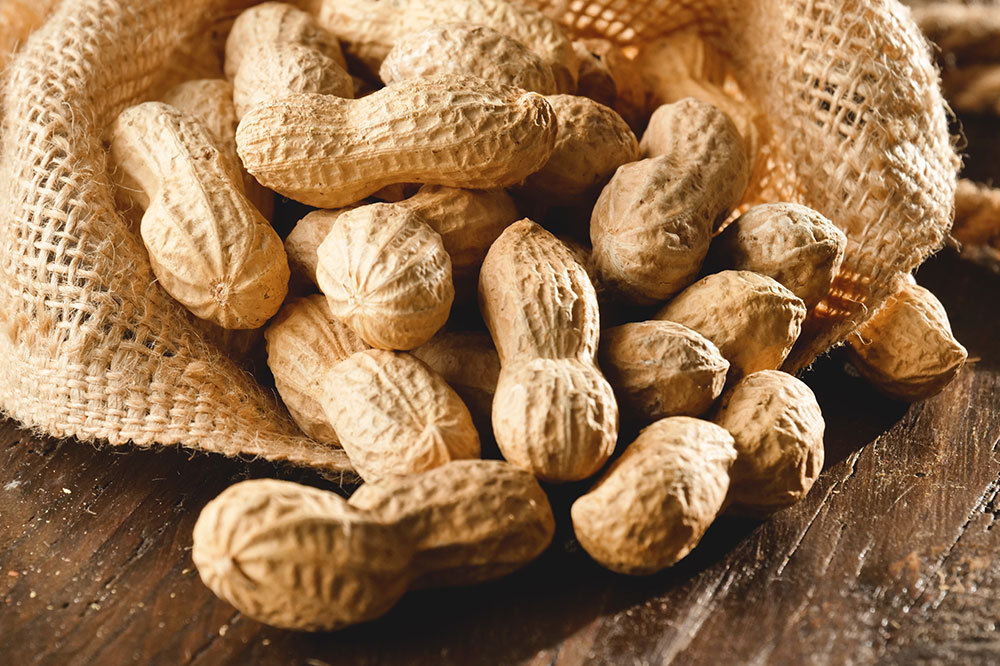
Common food allergies and their symptoms
Allergies are characterized by the immune system’s abnormal reaction to harmless foreign substances like latex, pollen, and certain foods. Food allergies are quite common, making it difficult for some to enjoy a whole palate of ingredients. Fortunately, many get tested early on to understand what foods they are allergic to and even get medical help. Some develop these allergies quite later on in life. Here are some common food allergies to look out for.
Common food allergies
Peanuts
This is one of the most common food allergies. One can expect typical allergic symptoms like rashes, hives, and swelling of the throat. However, the symptoms might be severe and cause an anaphylaxis reaction. Several people develop a peanut allergy early, so it is essential to speak to a doctor about managing it.
Shellfish
A protein called tropomyosin, found in marine animals, particularly shellfish like scallops, lobsters, crayfish, shrimps, and prawns, can trigger allergic reactions in some. Other proteins like arginine kinase and myosin found in these shellfish are also responsible for triggering an allergic reaction, leading to rashes, swelling, hives, or vomiting. There is no way to cure this, so the best way to manage its symptoms is for one to eliminate it from their food regimen.
Wheat
Wheat contains several kinds of proteins, and one of those, namely gluten, is what triggers an allergy attack in some people. This leads to rashes or swelling, like mentioned before, and is most common in children. However, most kids outgrow this allergy as they reach ten years of age. Those who remain allergic should completely avoid this ingredient in meals.
Cow milk
Lactose intolerance, also known as milk intolerance, is very common. Symptoms range from rashes and digestive distress to anaphylaxis in some severe and rare cases. The best way to manage it is by eliminating milk products from one’s food regimen.
Soy
Soy allergies are often diagnosed in infants and children. The protein in soybeans or soybean products triggers an allergic reaction. Fortunately, most children outgrow the allergy. Common symptoms include an itchy mouth, wheezing, and a runny nose. In some cases, the allergy can cause anaphylaxis.
Fortunately, certain types of therapies can help people manage their allergic reactions.
- Oral immunotherapy
This involves taking very small, prescribed amounts of peanut powder orally through Palforzia. - Sublingual immunotherapy
This one involves using peanut protein as liquid drops, which are then placed under the tongue for two minutes. They are then to be swallowed. This may help increase the tolerance toward the allergen.


